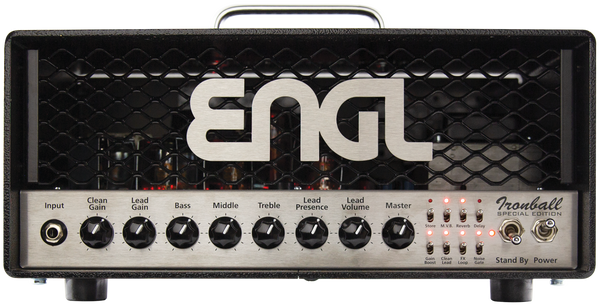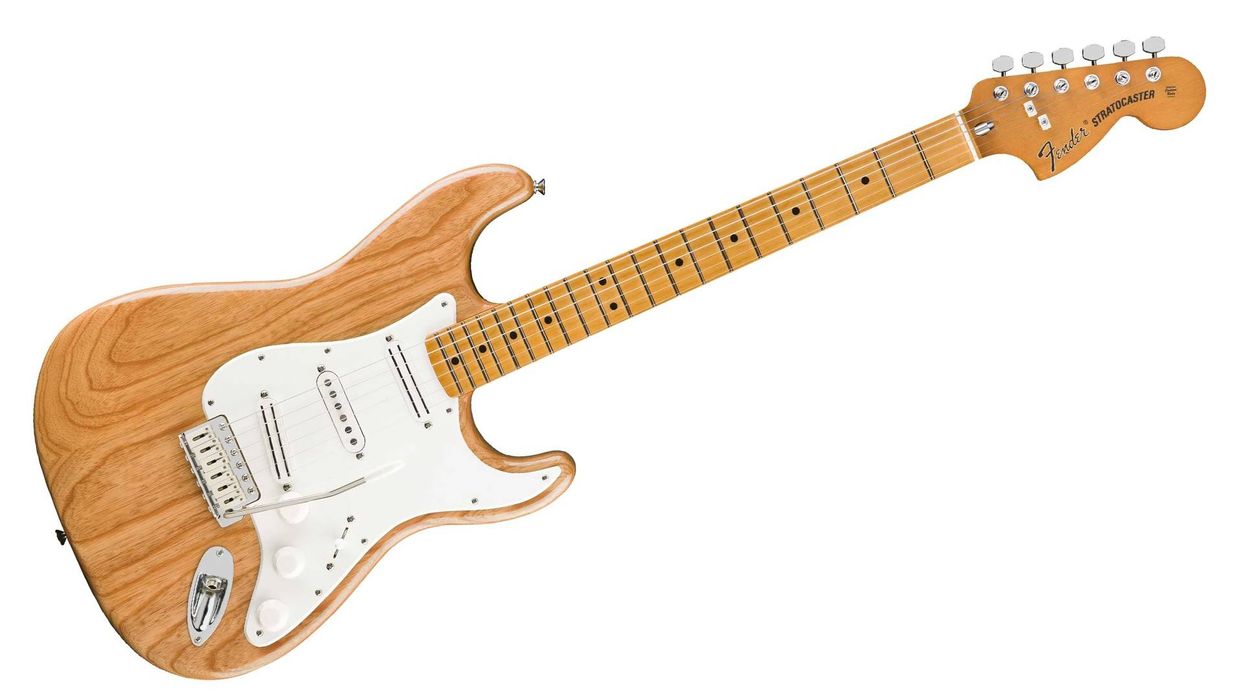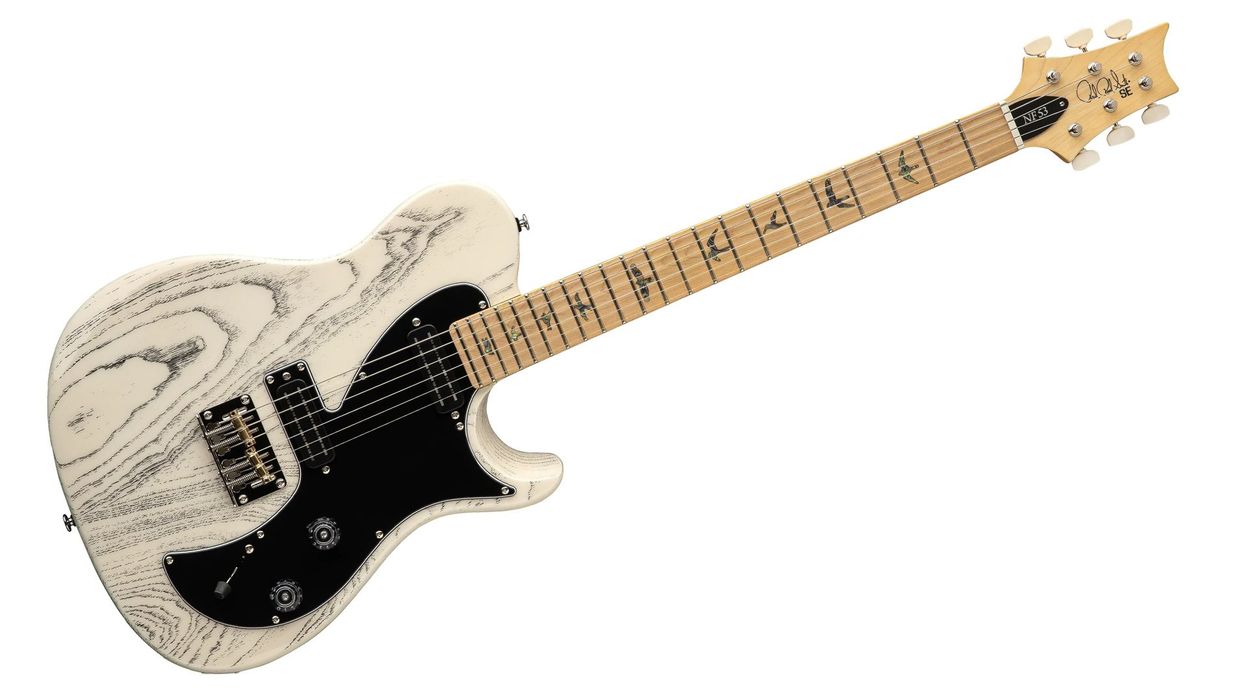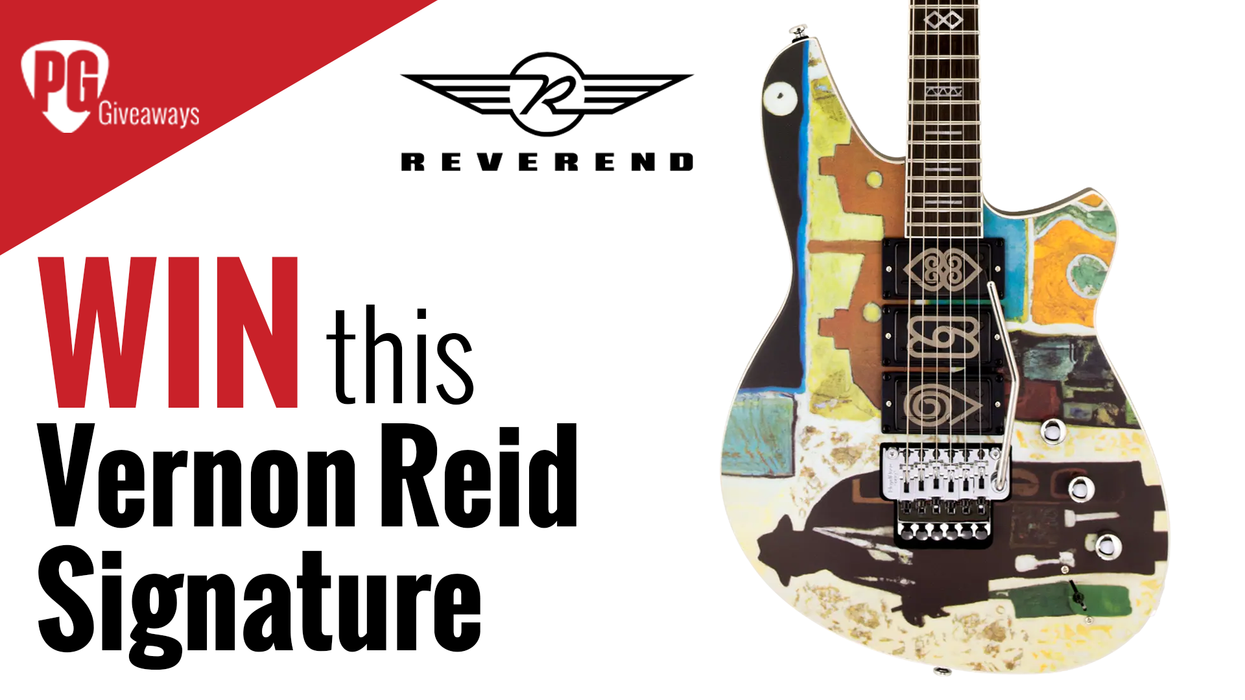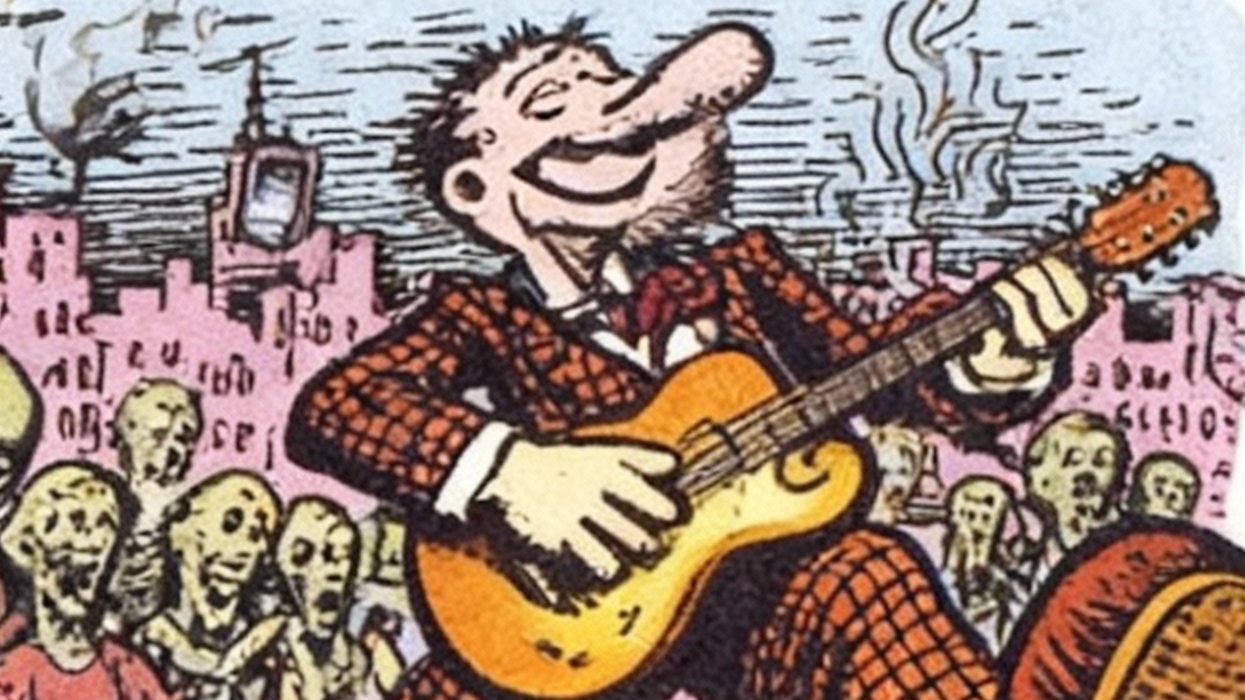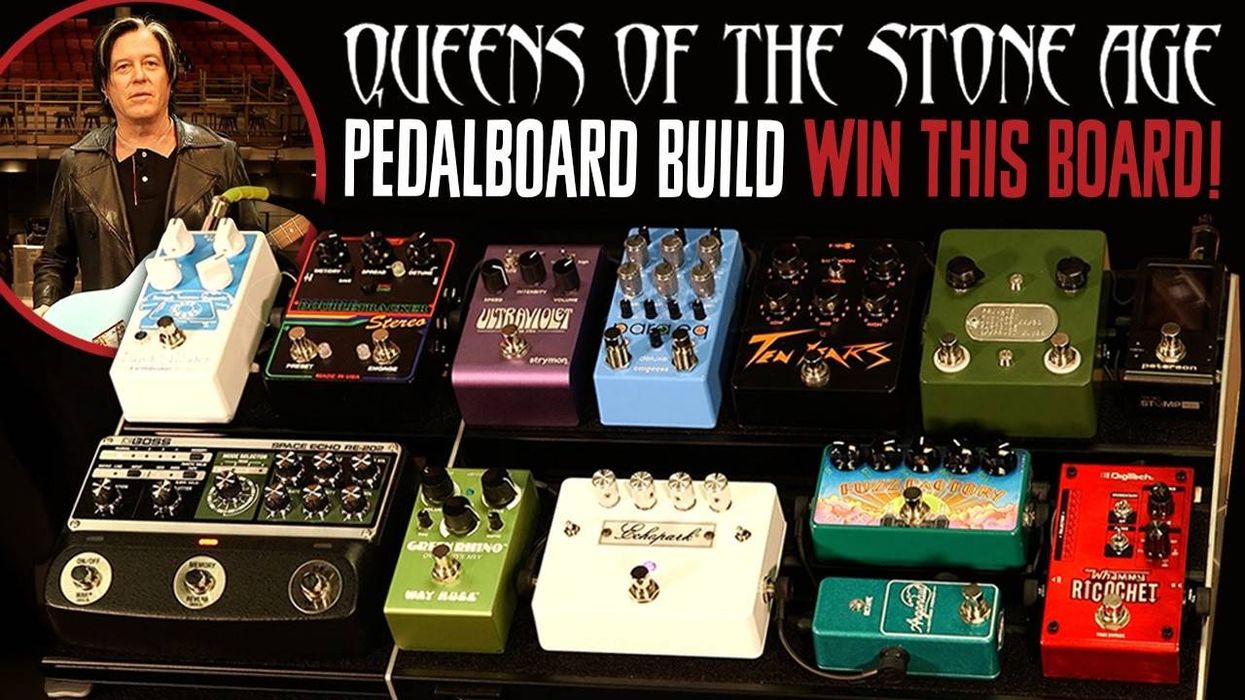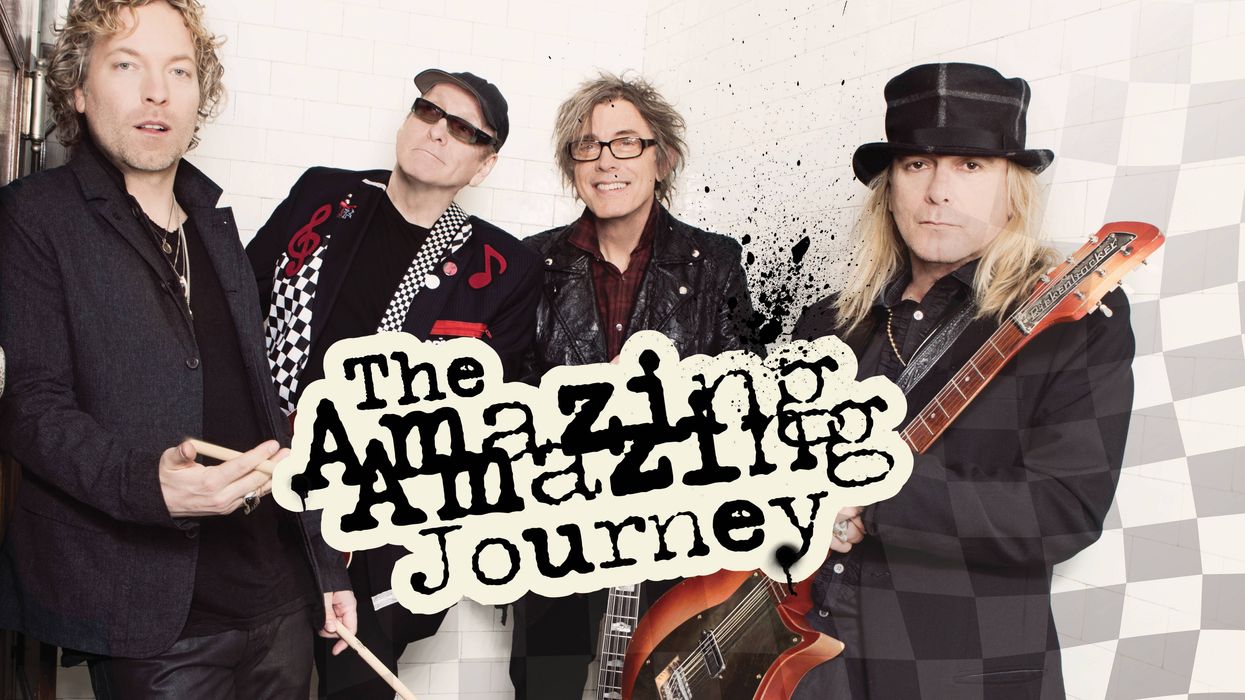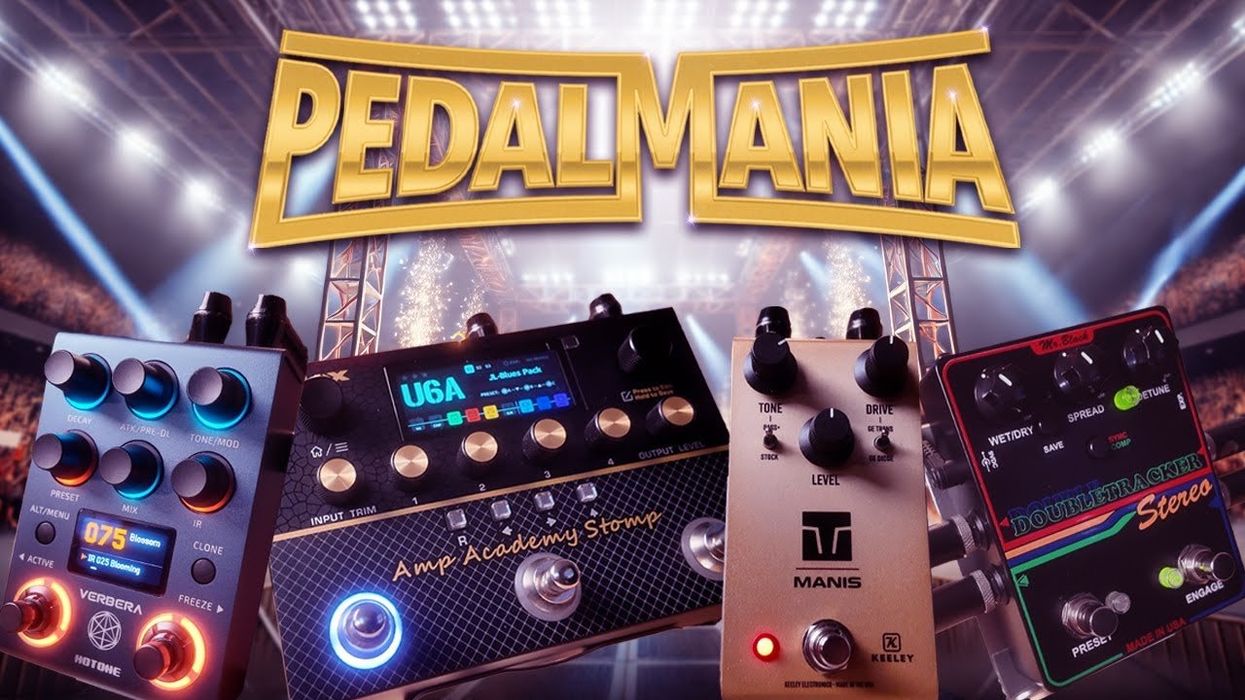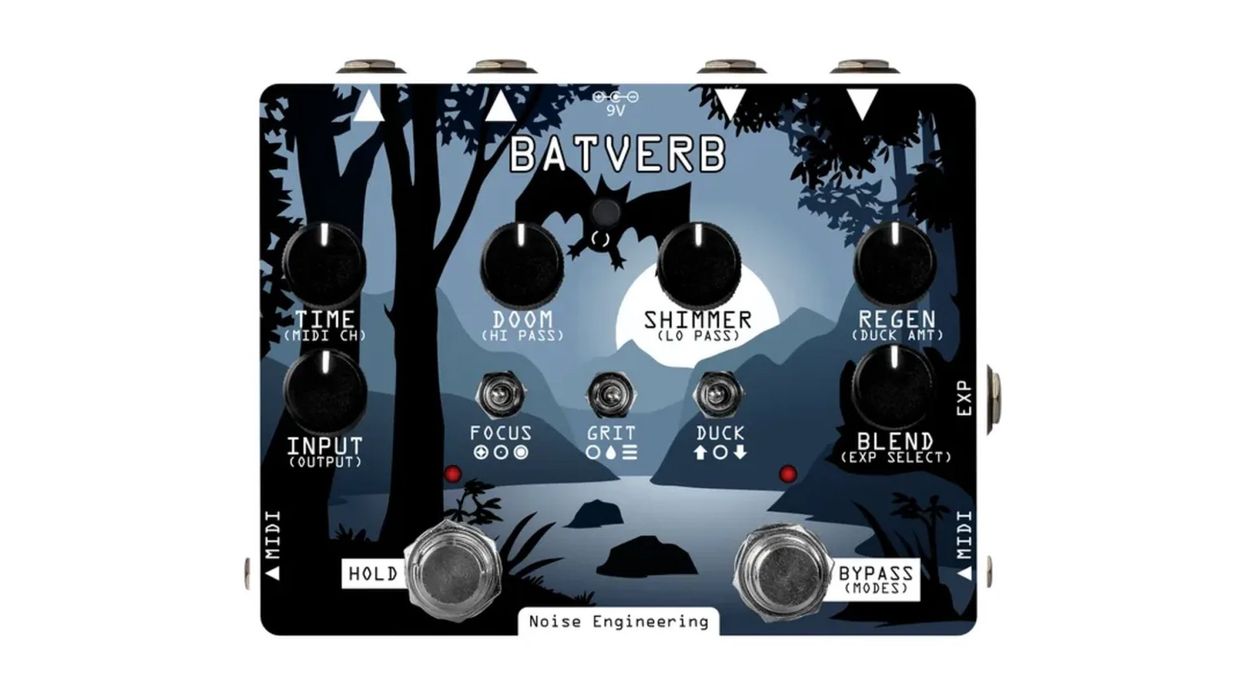Once upon a time, lunchbox amps intrigued us because of their simplicity, smaller footprint, lighter weight, and the fact that they were more affordable than the big-ass heads that dominated rock for decades. But over the 15 years since Orange's Tiny Terror sent amp makers down this path, mini amps have become progressively more nuanced, diverse, and powerful. Some of the biggest changes have come in just the last year, with intriguing new designs packing both stunning tones and flexible routing and recording capabilities into über-transportable housings. Engl's new Ironball E606SE illustrates this trend wonderfully. Where some lunchbox amps have minimal controls, the high-gain Ironball has 29 knobs, switches, and buttons in a package that's only slightly bigger than Orange's Tiny Terror. At $1,499 street, this EL84-driven 20-watter isn't cheap, but even amidst an increasingly crowded field, it stands out for its sheer number of features and bang-for-buck ratio.
A New Kind of Switch
One of the first things you notice when scanning Ironball's front panel is the bank of eight switches and LEDs next to the power and standby toggles. These low-profile, spring-loaded switches help you dive deep in the amp's functionality or keep it simple—all while accessing a full-sized rig worth of tones.
Recorded using an ESP LTD SN-1000 with Fishman Fluence pickups and a Kramer SM-1 with Seymour Duncan JB bridge and Hot Rails neck and middle pickups into the Ironball (clean and lead gains at 9:30, bass at 3 o'clock, middle at 9 o'clock, treble at 2 o'clock , lead presence at 10, lead volume at 1 o'clock, and master at max) into either a Bogner a 2x12 miked with a Royer R-121 or feeding an IR cab sim into an Audient iD44 then into GarageBand with no EQ-ing, compression, or effects.
The 2-channel E606SE doesn't just avail traditional speaker-output and onboard IR cab capabilities (via an 8-position selector). Around back you'll find controls for onboard digital reverb, digital delay (with mix, time, and feedback controls), and a very effective 1-knob noise gate. Even cooler, Ironball lets you set everything once and toggle between clean and dirty sounds with a single-function footswitch (not included). But you can also use an 2-button footswitch to switch channels and engage the lead-gain boost function, or program a MIDI controller to govern everything from amp-mute functions to IR bypass, reverb mix and tails, and delay tempo, mix, tails, and feedback. Other back-panel features: headphone out and level, XLR out, MIDI phantom power, a pre-/post-power-amp IR button, a 4-position power attenuator, a series effects loop, and dual speaker outputs.
All Ball, No Chain
When I powered up the Ironball, delay, reverb, a lead-channel gain boost, and a master-volume boost were all engaged, so the first order of business was stripping away that stuff to get a sense for the amp's core sound. As you'd expect, the lead channel has a lot of gain on tap, so the next step was tailoring the amount of dirt and balancing the generous EQ section to match my playing and my test guitars—a Fishman Fluence-loaded ESP LTD SN-1000FR, a Kramer SM-1 with Seymour Duncan JB and Cool Rail pickups, and an Eastwood Sidejack Baritone with Curtis Novak JM-WR humbuckers. My test cab was a closed-back Bogner 2x12 with Celestion Vintage 30s, and I evaluated IR functionality via both Beyerdynamic DT 880 PRO headphones and an Audient iD44 interface driving KRK Rokit7 Gen4 monitors.
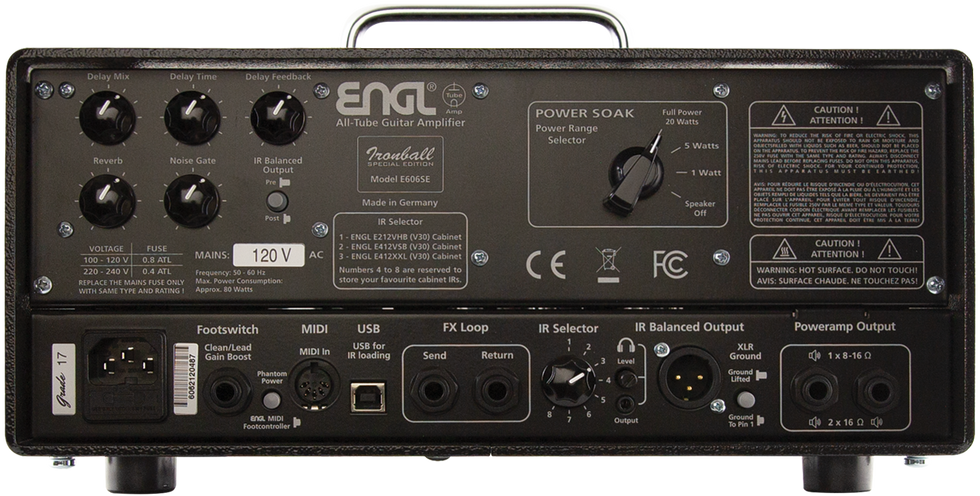
Having to share EQ controls between a clean and a dirty channel can easily lead to unfortunate compromises. For instance, what if you want a semi-bright, articulate distorted sound but prefer your cleans a bit mellower? While the Ironball doesn't entirely avoid this problem, each global EQ control (bass, middle, and treble) has a lot of range, and the lead channel also smartly employs a lead volume (essentially a lead-channel master volume) and its own presence control so you can fine-tune dirty sounds. In other words, the lead-channel-only controls allow you to voice dirty tones for more heft or bite while you keep clean tones relatively sparkling. Through a real speaker cab, I found that master volume at max, clean gain at 10 o'clock, bass at 3 o'clock, middle at 9 o'clock, and treble at 2:30 worked perfectly alongside lead-gain at noon and both lead presence and lead volume at 10:30. These settings yield mean grind that is articulate and responsive to playing dynamics and volume-knob maneuvers. That means you can move from extreme metal applications to clean tones that can be fat, rich, or bluesy (with the Eastwood and ESP) or funky and spanky (with the SM-1's pickups in split-coil mode).
The Verdict
Even as a guy who prefers relatively simple pedals and amps, I'm extremely impressed with the Engl Ironball E606SE. As with most 20-watt amps, particularly high-gain ones, there's not a ton of clean headroom. You could probably still be heard over your drummer's double-kick ruckus with the dirty channel raging as high as it can go, but if you want Ironball's loveliest clean tones, you may need to mike up or use the handy rear-panel outputs for volume reinforcement. Speaking of which, Ironball's default IRs of Vintage 30-stocked 2x12 and "XXL" 4x12 cabs sound great, but it's a bummer Engl doesn't offer any other downloads for Ironball owners—especially since the company sells a separate Cabloader pedal with 12 preloaded IRs for a quarter of the price.
Nevertheless, there are many other sources for cool IRs, and the SEs strengths put it in a niche few companies currently match—particularly at this size and price. Considering many metal players don't use much more than a boost/overdrive and maybe a delay, it's easy to see Ironball being a killer-sounding all-in-one option for a good number of them—just grab your axe and a cab (or not!) and you're set for blisteringly fun action.
